
Jerez de la Frontera: Cadiz art by the four 'costaos'
What can you expect from a city where horses dance, flamenco is a way of life and few understand that a day goes by without a glass of Fino? ** Jerez de la Frontera , the most stately city ** among all stately cities, exudes charisma in abundance while inviting the foreigner to dive into it.
And by diving we mean going through it and exploring it until the body tells us enough. To enjoy it as God intended: with a lot of art. And it is that Jerez… It is a lot of Jerez.
We met very early in the Arenal Square with Maite, official city guide and one of the two souls at the helm of Guiarte Jerez, a company committed to publicizing the sherry essence from the heart of those who inhabit it.
Among gentlemen who talk in the cool, pigeons that come and go and a Wednesday morning atmosphere, our cicerone begins to tell us, with that passion that reveals the immense vocation that she feels for her work, the history that surrounds the city.
And she does it under the watchful eye of Primo de Rivera, whose equestrian sculpture watches over us from the heart of the square.
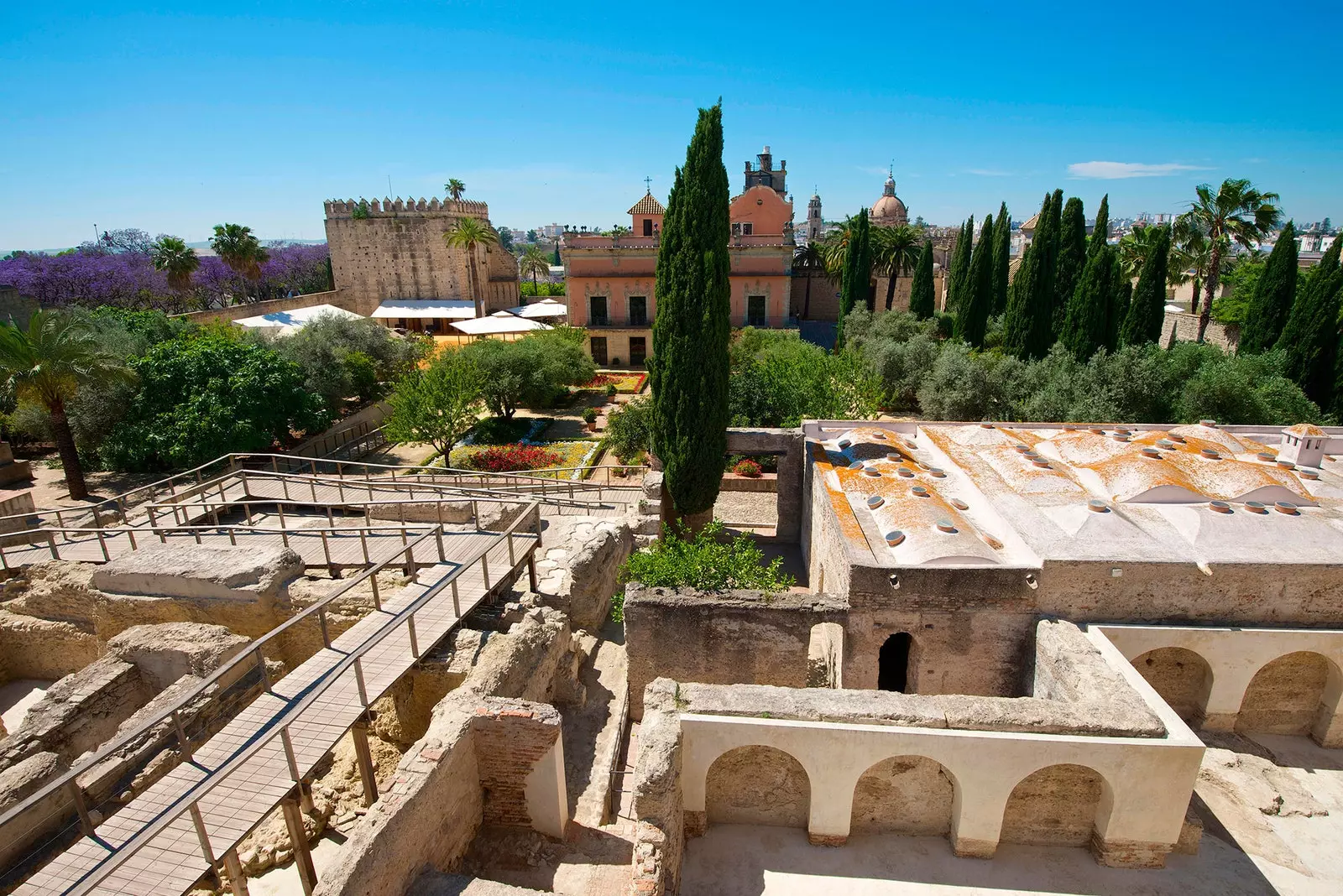
Jerez de la Frontera, the most stately city
Subsection: And why does Jerez have a sculpture by Primo de Rivera , if these were withdrawn from practically all of Spain? We'll tell you: one, because the general was from Jerez; and two, for its sculptural richness. Hey, done.
As we walk on our way to the oldest monument in Jerez, its ** Alcázar ,** we learn about the origins of the city, which was founded after the Muslim invasion in the 8th century.
It was the Arabs who shaped it, beginning by building the 4 kilometers of wall, 79 defensive towers and 4 access doors that delimited the Alcázar, built already in the 12th century. A good summary of what was the heart of Jerez and one of the best examples of Almohad architecture of the Peninsula.
Inside, the mosque, the Arab baths, the Andalusian gardens and the minaret are still preserved. A curiosity? The moment of the Reconquest -1264- , the city had developed to the point of having more than 20 thousand inhabitants and 18 mosques , most of which ended up being transformed into churches.
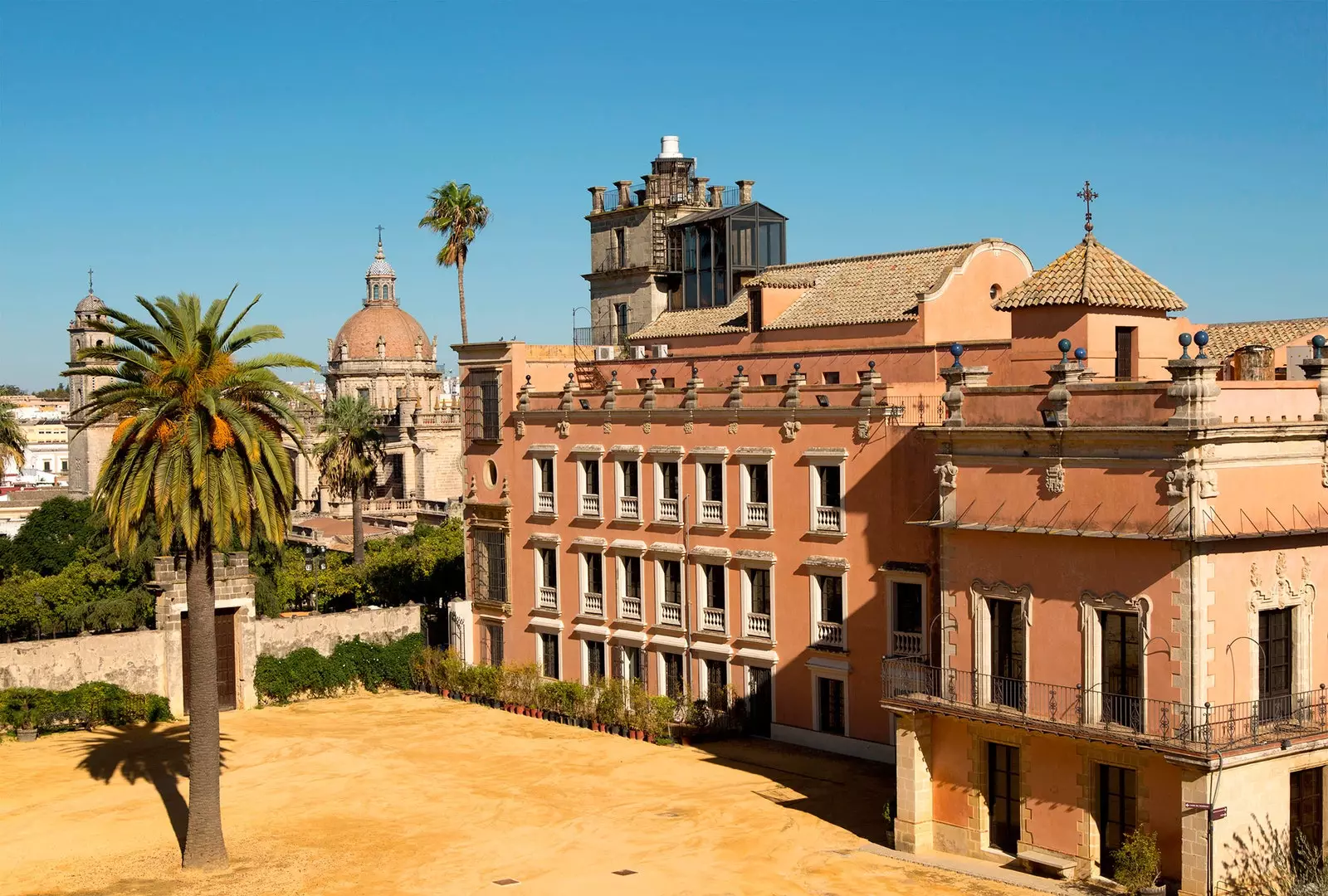
The oldest monument, the Alcázar
That was precisely the case of the cathedral , built where the main mosque used to be and visible from the alameda that surrounds the quarterdeck.
Ordered to be built as a collegiate church by Alfonso X, it was not until 1980 that it finally obtained, thanks to Pope John Paul II, its current category. Its facade is explosion of gothic, baroque and neoclassical elements and its interior, divided into five naves, treasures one of its great jewels: The Virgin Girl of Zurbarán.
But walking through the streets of the center of Jerez means jumping from time to time through its buildings. Thus we come across businesses that hide in their entrails pieces of the old wall that are still preserved – let's say, for example, ** La Moderna, a classic tapas bar on Calle Larga ** -, but also with immense 18th-century palaces that in their day they belonged to the bourgeoisie of the city: that of the ** Viceroy Laserna , that of Domecq or that of Pérez-Luna ** are just some of them.
The Andalusian air is evident in corners such as Plaza Plateros, where there used to be a fruit and vegetable market, in the Assumption Square , in its streets full of orange trees or in the beautiful Cloisters of Santo Domingo, from the 13th century. Though where you can really breathe Jerez, is in its neighborhoods.
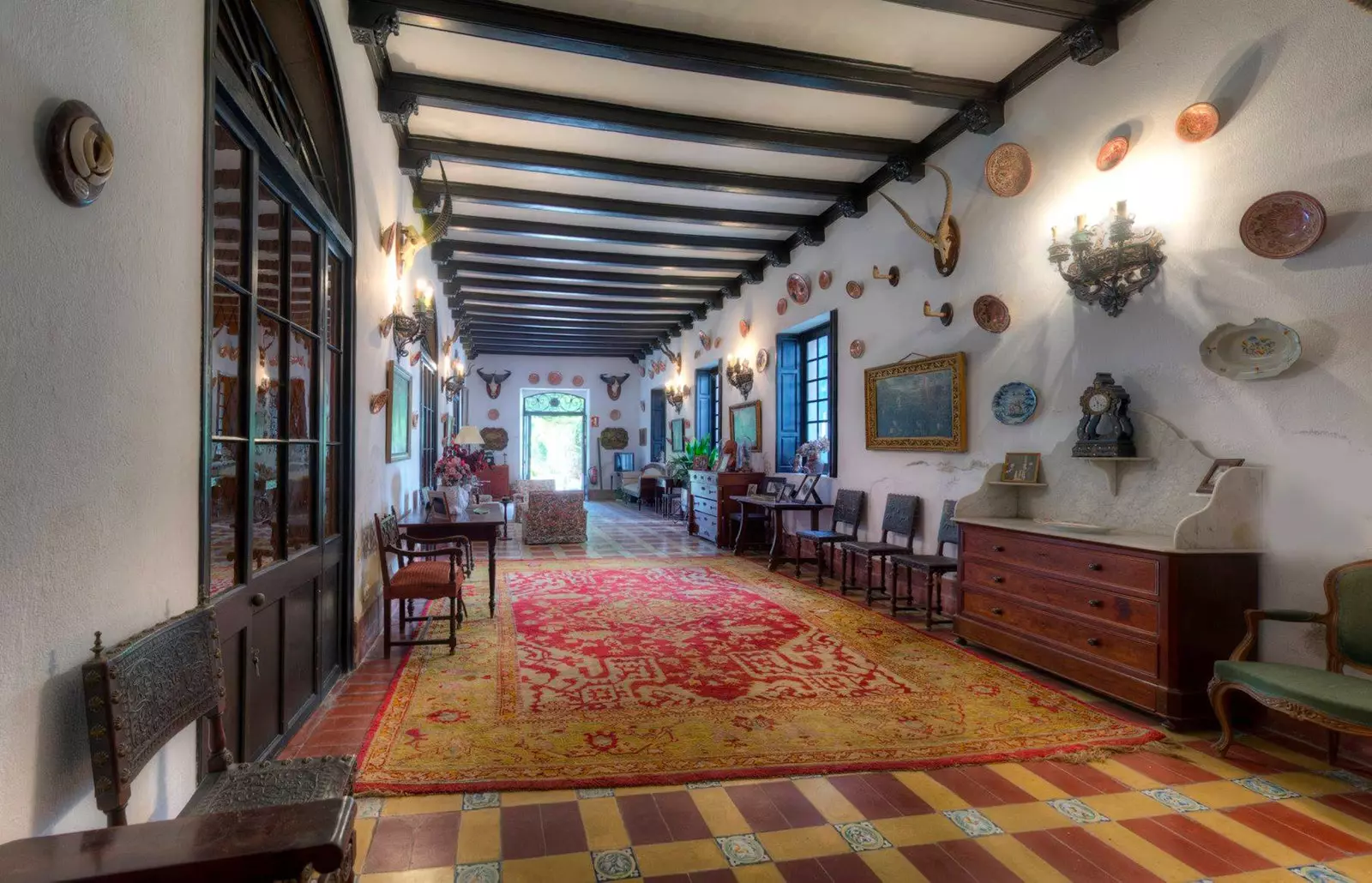
Interior of the Viceroy Laserna Palace
HERE IT SOUNDS LIKE FLAMENCO…
From the oldest of all, that of San Mateo, to those that make you feel skin deep that flamenco character so Jerez : each neighborhood has its own personality and going through them is discovering one surprise after another.
the of San Miguel, who saw the birth of Lola Flores or Paquera de Jerez , is made up of a handful of alleys in which the same can be felt as a song por soleá that intoxicates us with the aroma of a slow-cooked Jerez cabbage.
Here you have to pay homage to the two greats in their respective sculptures before experiencing the atmosphere of a flamenco club, such as Los Cernícalos. An incursion to the Church of San Miguel is essential : pure architectural fantasy.
But the neighborhood of Santiago continues with the tradition: birthplace of José Mercé or El Capullo de Jerez , in it you can breathe flamenco from every corner.
Here the stately concept of Jerez is left aside to make way for what looks more like a town than a city: low houses, whitewashed walls, traditional shops and art , a lot of art. Today its tabancos are the destination of many who, like us, long to soak up the true Sherry.
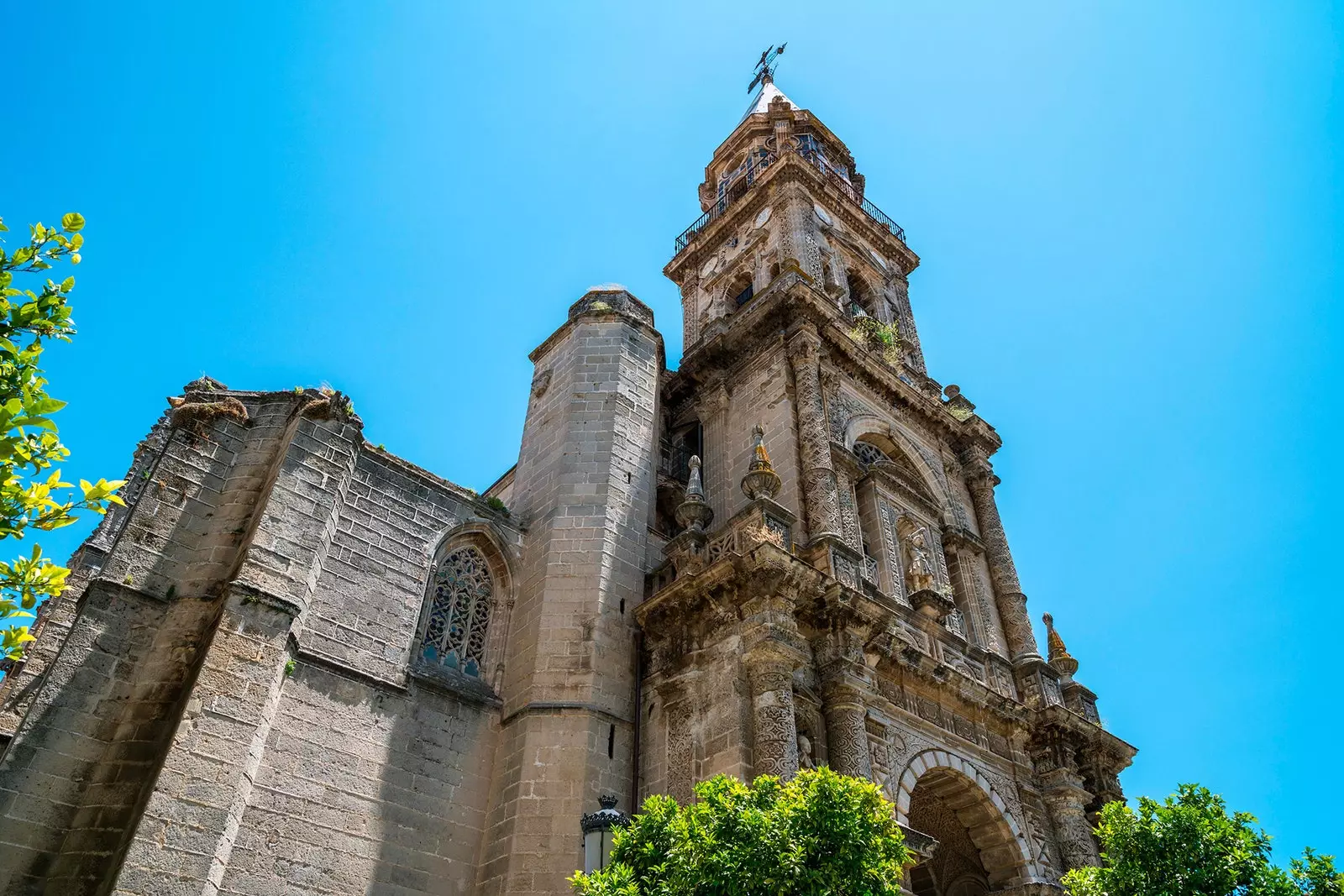
An excursion to the Church of San Miguel is essential
FROM WINE TO WINE
And what is more Jerez-like than its wines? Let's not give it more thought: let's go take the first one. It is in the ** tabanco Las Cuadras ** where the pleasure of drinking it reaches its peak.
And it is that the tabancos are the true temples dedicated to these wines: wine shops where people came to socialize and enjoy with friends . A trend that was forged centuries ago and that, to this day, is still a huge success.
To that catavino of fino, oloroso or amontillado -to name only three of the varieties of Sherry- is usually added a flamenco that arises spontaneously when least expected . It is Jerez art, with which its people express themselves like no one else, the one that starts with bulerías.
In El Pasaje, the oldest cigar in Jerez -from 1925-, luck is on our side and we find a table before 2 in the afternoon. While we taste one of the special pork rinds –oh, blessed glory-, we wait for the show to begin that every noon, on the background tablao, rejoices the souls of all those present.
But, where does this wine tradition so deeply rooted in Jerez come from? To answer the question you have to go back 3 thousand years ago, when the Phoenicians began to plant the first vines in Cadiz lands.
It was however after the discovery of America when the Jerez wineries began its development: What could sailors carry with them that would last for months without breaking down? Wine, of course!
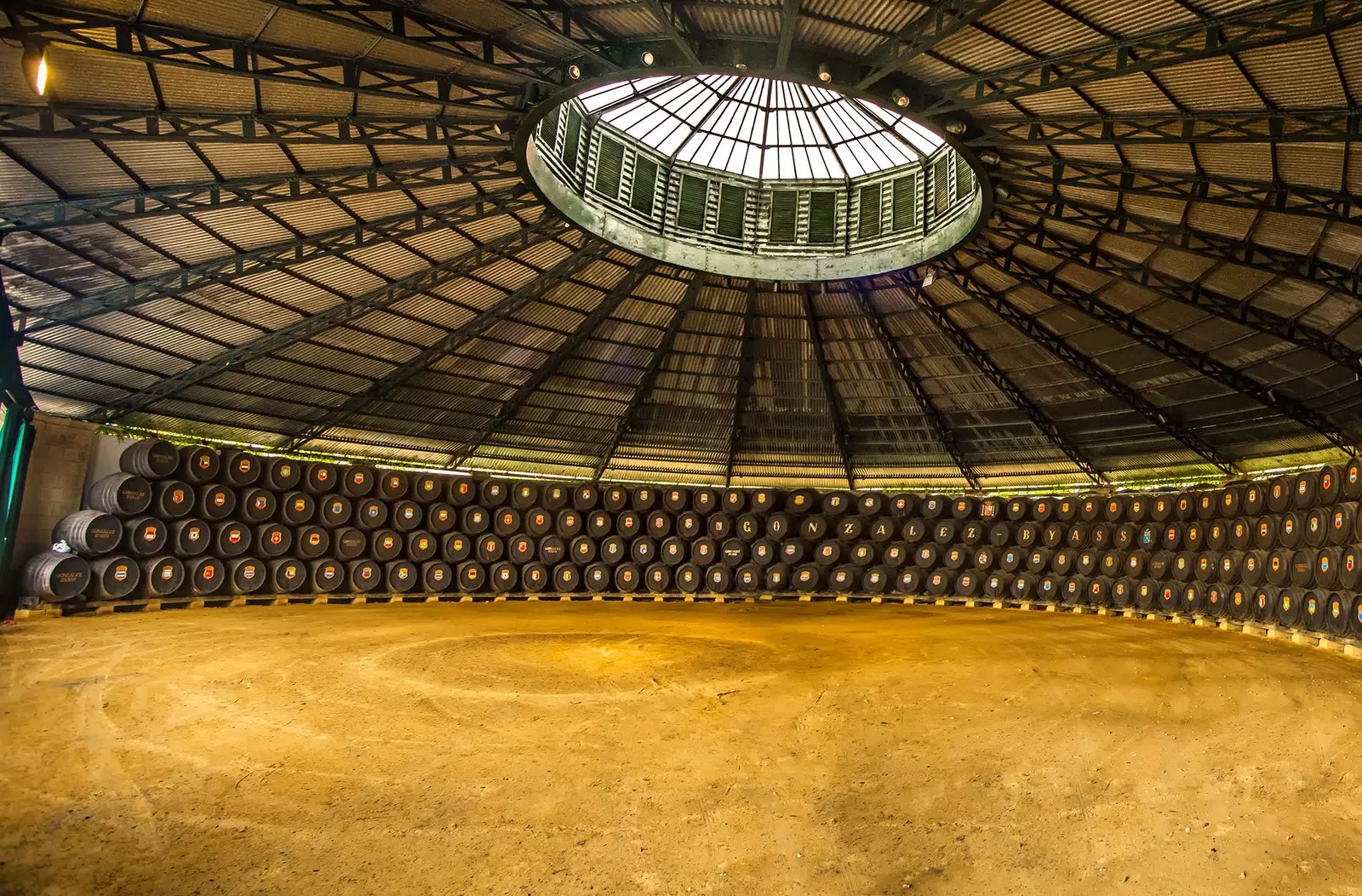
From wine to wine through Jerez de la Frontera
Then came the British investments, exports... And the beginning of a whole wine revolution that continues to this day.
Today, dozens of wineries are scattered through the streets of Jerez, many of them under the protection of the DO. Jerez-Xerez-Sherry , which marks excellence according to a series of precepts such as the origin of the vineyards, the type of grape grown - they can only be Palomino Fino, Pedro Ximénez or Moscatel -, the land in which it grows -albariza always- or the type of aging, which in this case is produced inside the boot through a dynamic system of soleras and criaderas.
After the theoretical part, we go straight to some of its wineries. For example, ** González Byass , founded by Manuel María González Ángel** in 1835.
With wonderful facilities that occupy 4.5 hectares in the heart of Jerez, visiting the home of the mythical Tío Pepe is not just anything: it is about the most visited winery in Europe and its wines are exported to more than 115 countries.
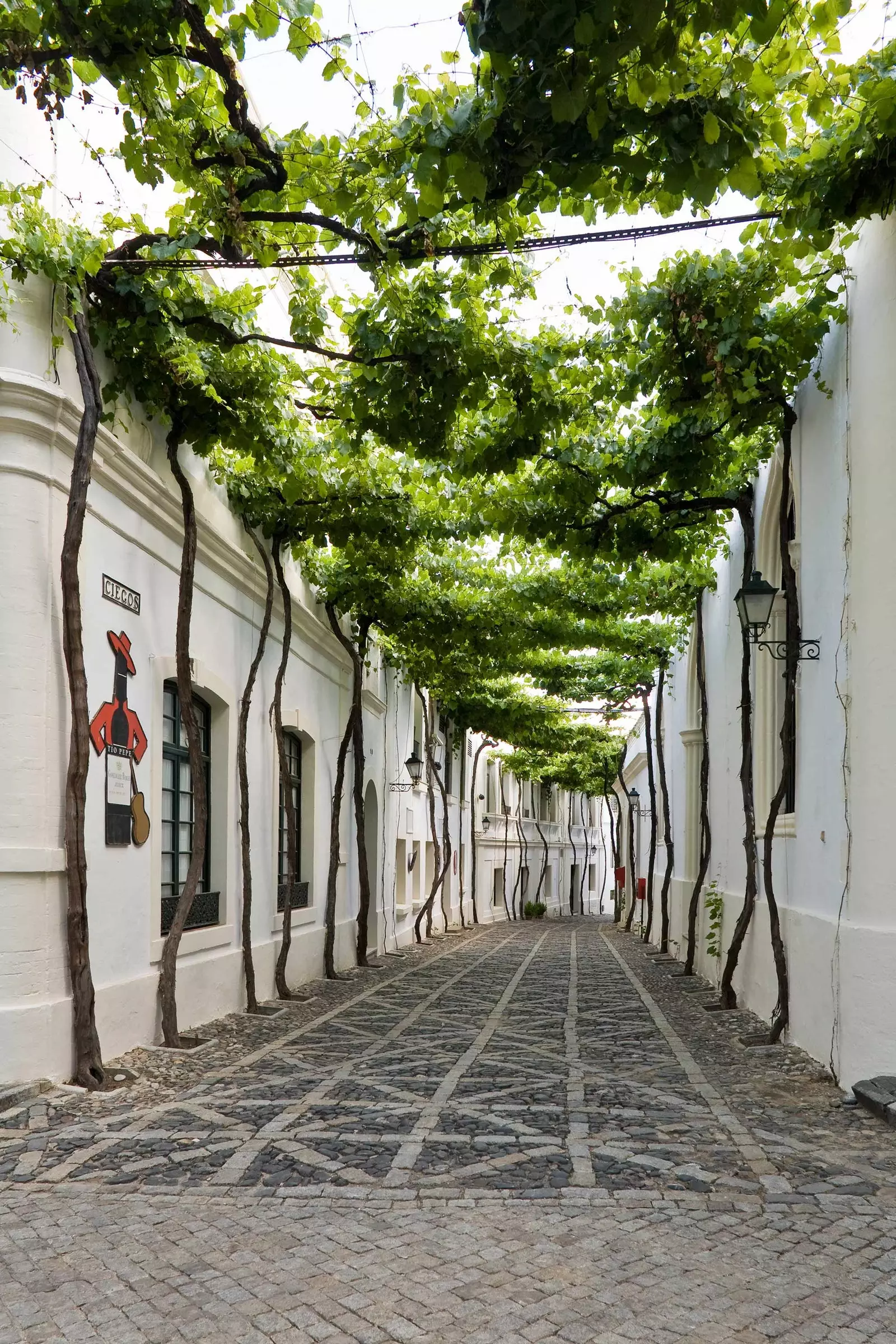
Blind Street in Tio Pepe Winery
A guided tour allows you to discover the details of its history and also its spaces: from the Real Bodega La Concha, designed by Gustave Eiffel before the visit of Queen Elizabeth II of Spain, to the imposing Sala de los Apóstoles, or the oldest: La Constancia.
It is in the latter where the famous mice, fond of their daily sip of Sherry, live. We, who do not want to be less, we finished the visit savoring it . And we do it in its very modern –and immense- tasting room. Spectacular.
Not so big in size, but with a lot of spirit and desire to do things well, there is the Diez Merit Winery , one of the oldest in the city . A visit from Valentina, one of his workers, is something that no one should miss.
Here we learn, step by step, the details about the process that the grape undergoes from its collection until it is transformed into that elixir that receives so much applause throughout the world. And what better way to do it than touring its different rooms and patios : a full-fledged trip to the past.
We also feel like we are flying back in time when visiting Tradition Wineries , in which to taste some wines while contemplating its very interesting art gallery -which includes paintings by Velázquez, Goya or Picasso , eye-, or approaching us to some of the classics: Domecq, William Humbert or Lustau cannot be missing from the list.
ARE YOU GETTING HUNGRY?
It is true that a Sherry wine is always better enjoyed with something to eat on the side. And if it's in The Carbon , turn off and let's go. Because, who can know more about the art of sherry pairing than the very “sherry's chef” ?
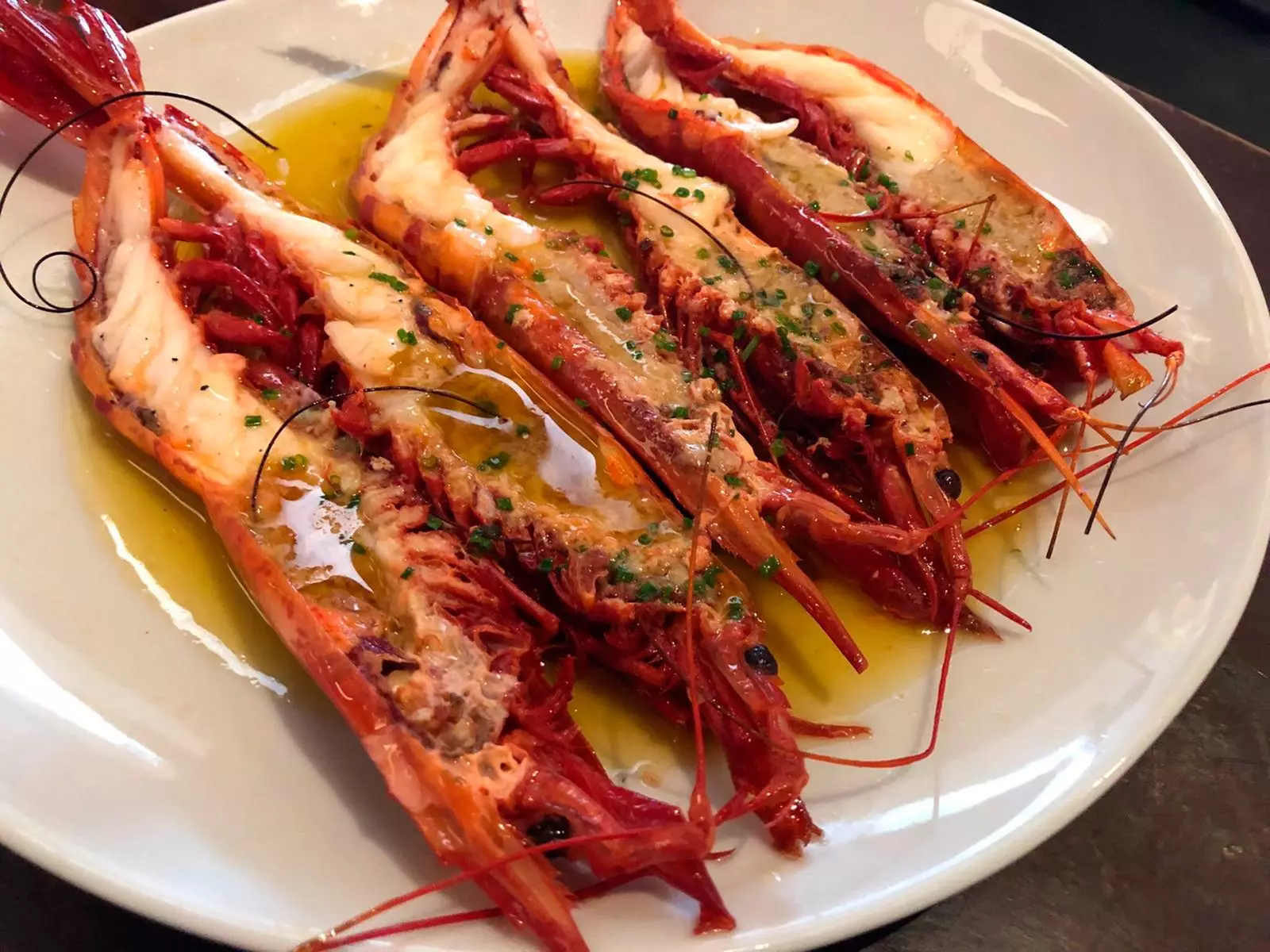
In La Carboná the tasting menu is a spectacle
This is how the Financial Times baptized Javier Munoz , who after carving out a career alongside big names like the Roca brothers, is now after the stoves of this family restaurant.
A project that started as a steakhouse in 92 and that today seeks excellence in each of his dishes, focusing on the careful preparation of his proposals. Always, with a touch of local wine : “There is not a dish from which a wine escapes, nor a wine that does not pair with a dish”, he tells us.
And that takes it to the maximum level: in The Carbon they are cooked meats with sarmiento and they are already studying how to include the flor veil of Jerez wines in the preparation of their dishes. By the way: his tasting menu is a show.
Although for show, the one that is enjoyed in ** Lú, Cocina y Alma , the restaurant with Michelin Star ** of chef Juanlu Fernández. And it is that here the kitchen is in the center of the dining room, which has space for 22 people.

The Michelin Star restaurant
Thus, while tasting their exquisite proposals , it is contemplated how a whole team of cooks works side by side to achieve the most surprising dishes. One of the most famous? Its Almadraba tuna steamed muffin . Indescribable.
But here the stars are not frightening: Juanlu had been in command of A Poniente for years together with Ángel León , and it was precisely after achieving the third Star when he decided to fly alone. For a year and a half he has had his nest in one of the streets in the heart of Jerez, where the fusion between the French and Andalusian food : a genius of flavors.
Now, yes, if what comes up is tapas, that of going from tavern to tavern and from bar to bar in search of the most authentic flavors and experiences, there is no doubt: ** Casa Juanito has a repertoire of tapas traditional** that take away the meaning; the alley , a humble business without fixed hours and with a lot of soul, hidden near Plaza Plateros, makes the best cuttlefish in sauce in the world, and in ** Las Banderillas the oxtail** pushed with a few scoldings leaves us speechless.
The result? That we won't know what to do before, whether to take off our hats or suck our fingers . But let it be with a glass of Fino, please.
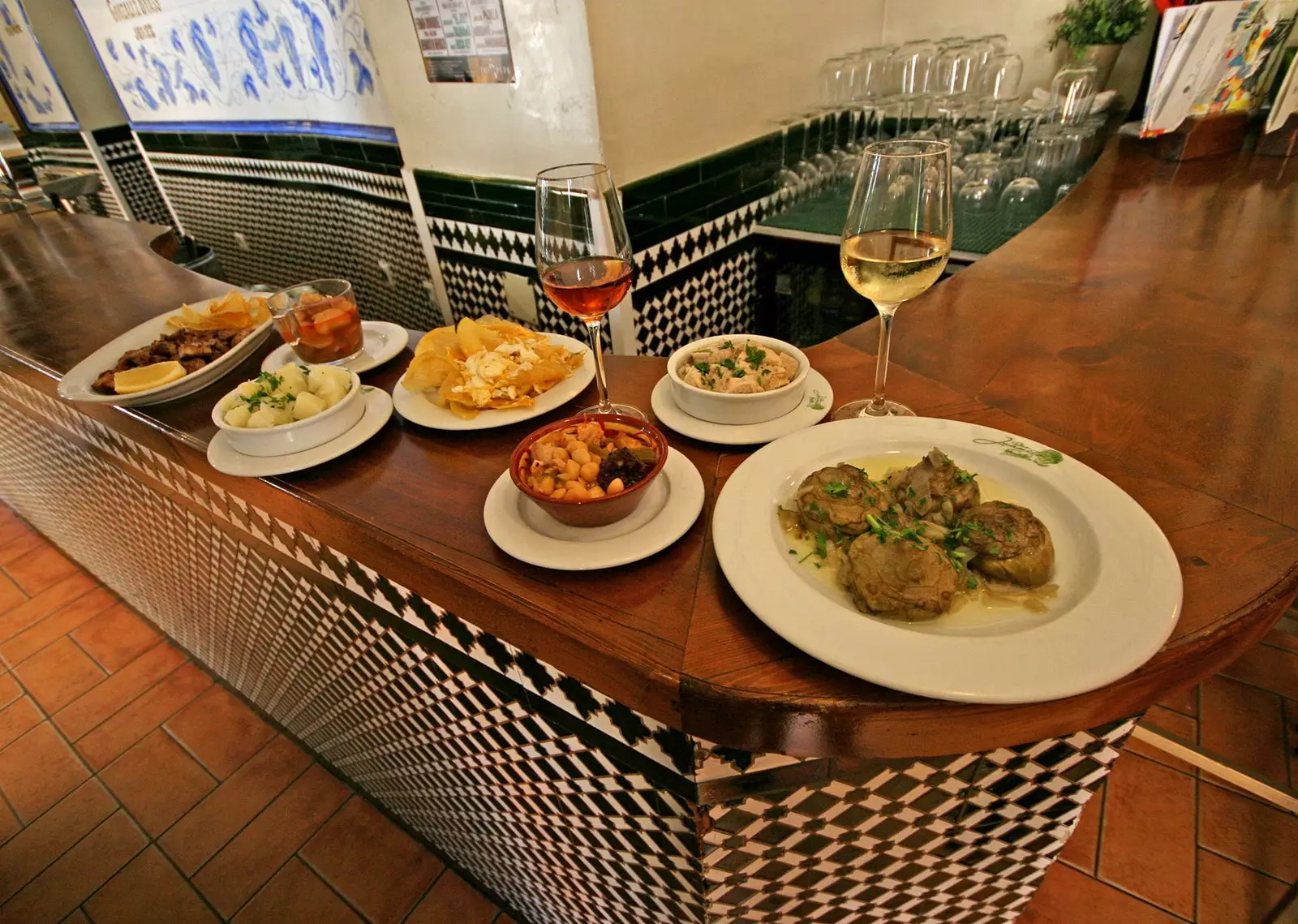
Casa Juanito, a repertoire of traditional tapas
